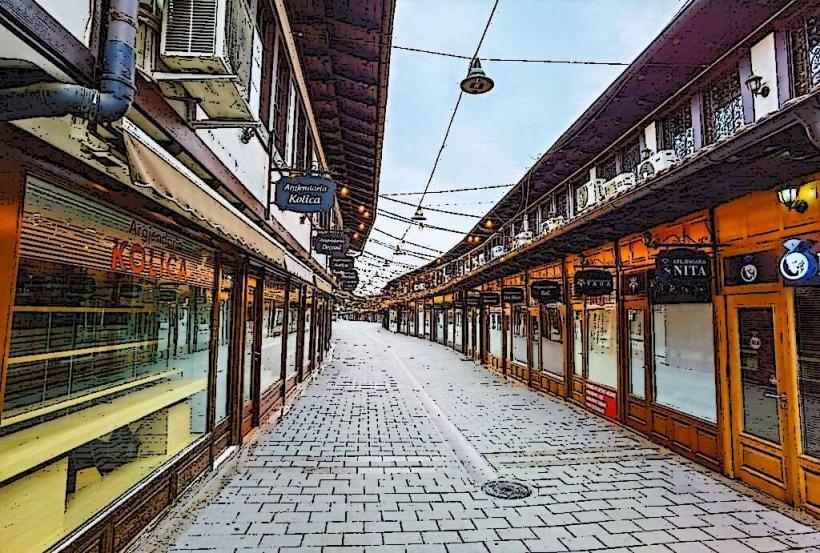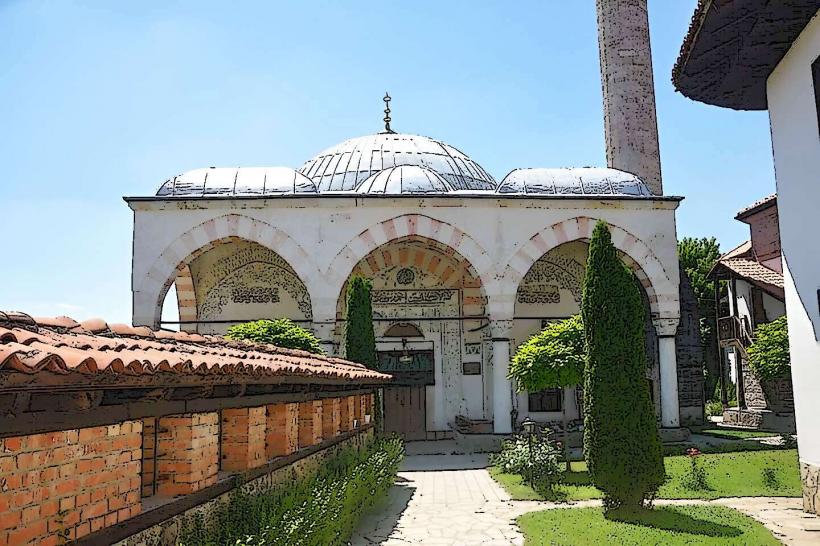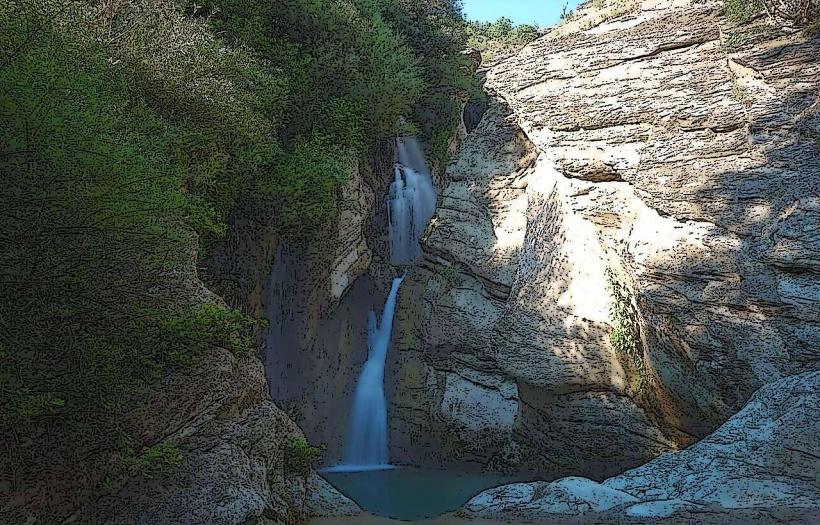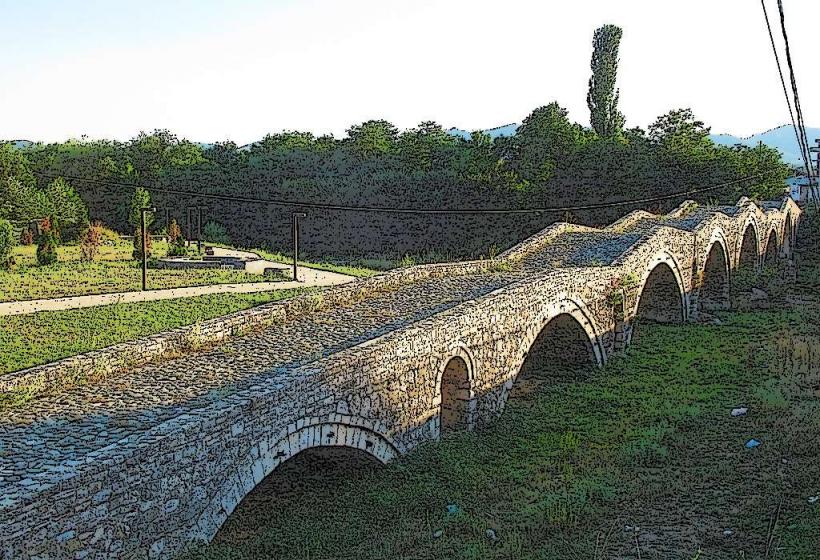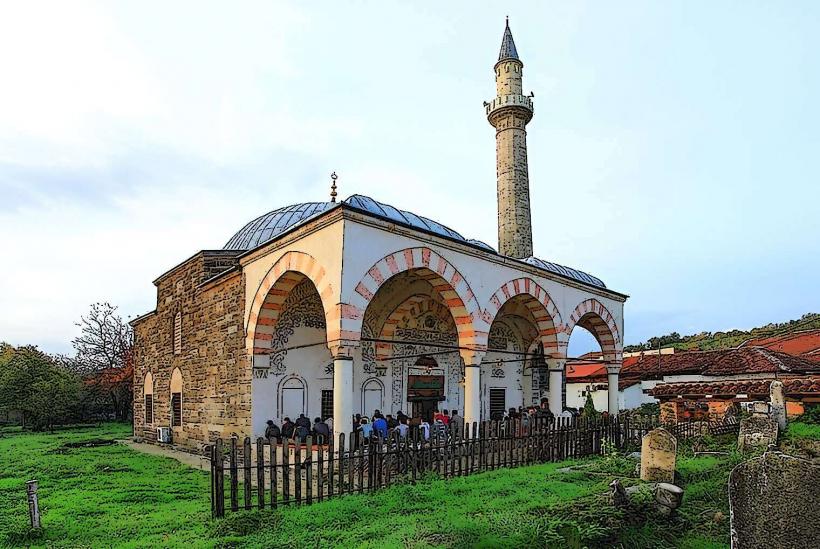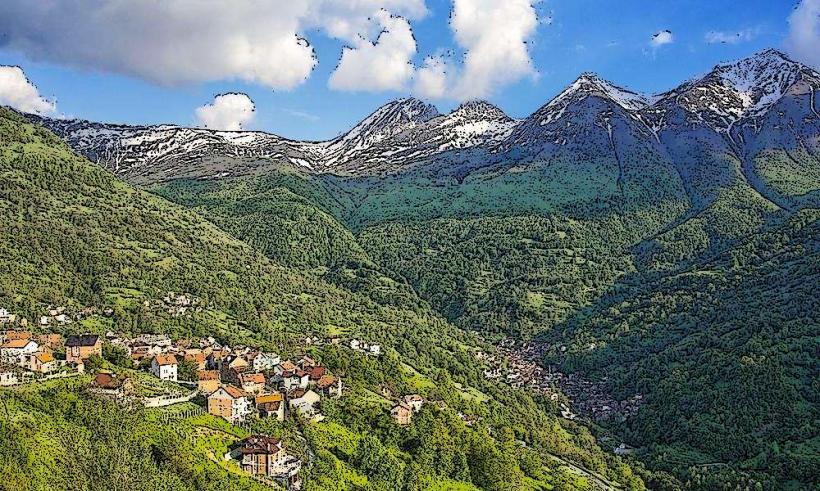Information
Landmark: Bajrakli MosqueCity: Pec
Country: Kosovo
Continent: Europe
The Bajrakli Mosque is a historical mosque located in the center of Pristina, the capital city of Kosovo. It is one of the oldest and most significant Islamic religious structures in the city, with a rich history dating back to the Ottoman period.
Historical Background
- Construction: The mosque was built in the 16th century, likely during the reign of the Ottoman Empire, which ruled over the region for several centuries. The exact date of its construction is not known, but it is generally believed to have been constructed around 1489, making it one of the oldest mosques in Pristina.
- Name Origin: The name Bajrakli is derived from the word “bajrak,” which means flag or standard in Turkish. It is believed that the mosque may have been named after a military flag bearer or a prominent individual associated with the Ottoman army, a common practice during the period.
Architectural Features
- Design: The mosque is built in a traditional Ottoman architectural style, typical of the period, with an emphasis on simplicity and functionality. It features a single dome and a minaret, which is the tall tower from which the call to prayer is announced. The building is made of local stone and brick, giving it a solid and enduring presence.
- Interior: Inside the mosque, visitors can find the typical features of Ottoman mosques, including a mihrab (a niche indicating the direction of Mecca for prayer), a minbar (pulpit), and beautifully crafted wooden furnishings. The interior is relatively simple but has been preserved to maintain its historical and religious significance.
Cultural and Religious Significance
- Islamic Heritage: The Bajrakli Mosque is one of the main symbols of Islamic culture in Pristina and represents the region’s long-standing Islamic presence. The mosque continues to be an active place of worship for Muslims in the city.
- Community Role: Over the centuries, Bajrakli Mosque has played an important role in the religious life of the city, providing a place for prayer, reflection, and community gathering. It is still used for daily prayers, special religious events, and important Muslim holidays.
Modern Context and Preservation
- Renovations: Over the years, the Bajrakli Mosque has undergone several renovations to maintain its structural integrity and aesthetic appeal. These renovations are aimed at preserving the mosque’s historical value while ensuring it remains functional for modern use.
- Tourist Attraction: Today, the mosque serves not only as a place of worship but also as a cultural and historical landmark. Visitors interested in Pristina’s Ottoman heritage often visit the Bajrakli Mosque to learn about the city's Islamic past and its role in the region's cultural evolution.
- Significance in Pristina: The mosque is an important landmark in Pristina’s city center, contributing to the city's unique blend of Ottoman, Byzantine, and modern architectural styles. It is also a testament to the city's multicultural and multi-religious past.
Location
- The mosque is situated in the heart of Pristina’s Old Town, near the city’s main pedestrian areas. Its central location makes it easily accessible for both locals and tourists. Visitors can explore the mosque while also enjoying other nearby attractions, such as the Ethnological Museum and Mother Teresa Square.
Conclusion
The Bajrakli Mosque is an important historical and cultural landmark in Pristina, Kosovo. It stands as a reminder of the city's long Ottoman history and its ongoing religious and cultural traditions. With its architectural beauty, historical significance, and continuing role in the religious life of the city, the mosque remains one of Pristina's most treasured monuments.

